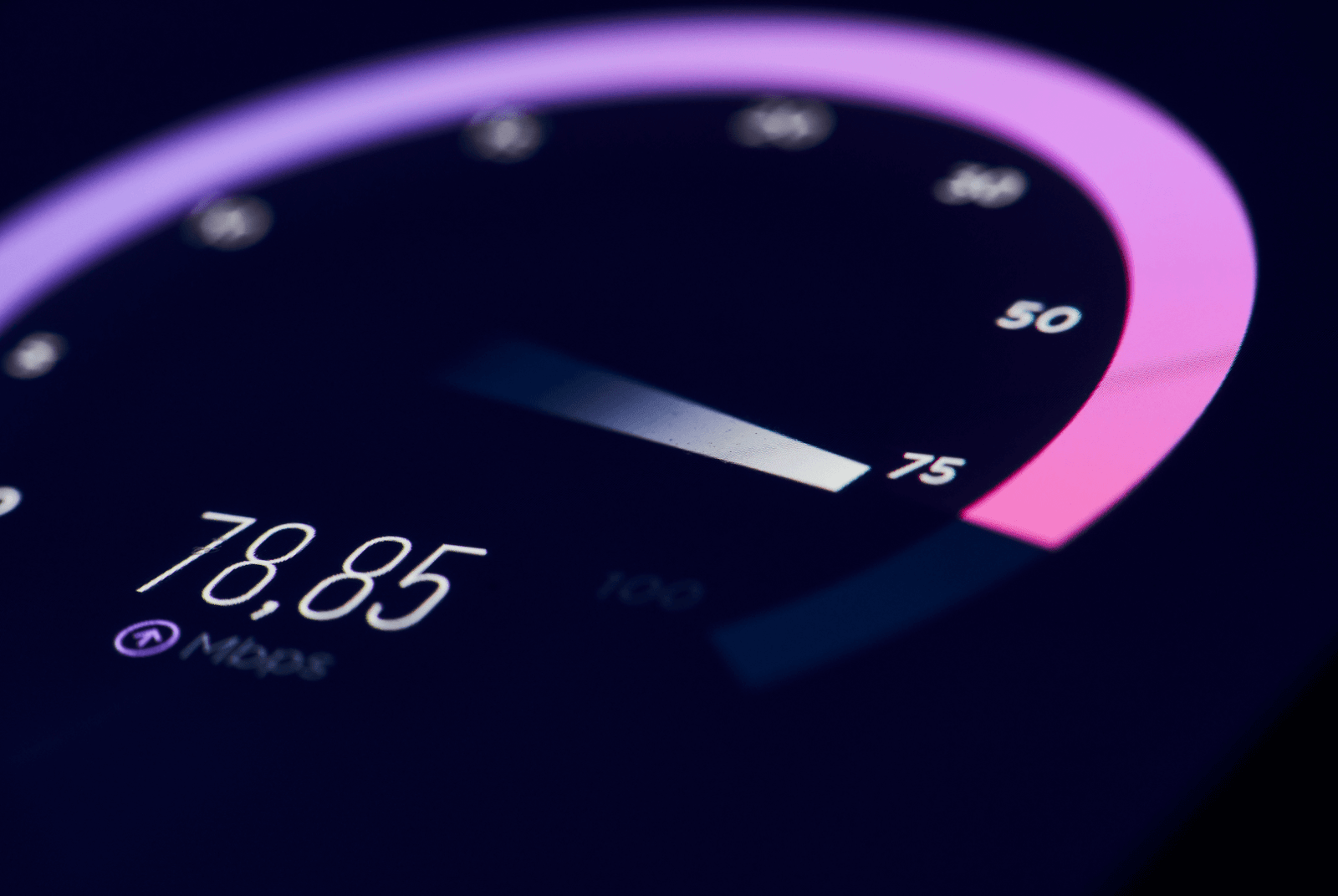Every developer’s nightmare: a live production website that breaks at the slightest touch. That was exactly what our client was dealing with—and they’d reached their breaking point.
The Problem: A Ticking Time Bomb
Built on WordPress with Elementor Pro and WPML for multilingual support, it had become an unpredictable website. Every edit felt like:
- Painfully slow performance
- Admin panel lagged terribly
- Website broke most of the time when editing pages
- Couldn’t update plugins or WordPress without risking catastrophic failure
- Hours of downtime became the norm, not the exception
The client’s request was simple: “Give us the exact same website, but clean, fast, and stable.”
The Strategy: Methodical and Backed Up
After research and planning, we devised a step-by-step approach:
Phase 1: Foundation (The Easy Part)
- Full backup using All-in-One WP Migration (seriously, best plugin ever)
- Fresh WordPress installation
- Fresh plugins installation
- Replicated all core settings: General, Reading, Writing, Permalinks, Discussion, Profile Settings—everything
- Installed Hello Elementor parent and child theme and configured identical to the original site
Pro tip: We took a backup after each major milestone. If something broke, we could rollback without starting from scratch.
Phase 2: Optimize Server Settings
Before importing any content, we optimized the environment.
- memory_limit
- max_execution_time
These optimizations are critical for large imports. These small technical tweaks made a big difference in avoiding timeout errors during large data imports. Without them, WordPress import/export can easily fail mid-process.
Here’s a quick guide on How to Increase Maximum Upload File Size in WordPress.
Phase 3: Plugin Configurations (Getting Tricky)
Before importing any content, we handled critical preparation:
- Manually configured WPML and String Translation plugin
- Set up Elementor: custom code, templates, popups, floating elements, custom fonts, and default kit
- Configured remaining plugins as well
Phase 4: Content Migration (Where Things Got Real)
Then came the heavy lifting. Using WordPress’s built-in import export tools:
- Imported ACF field groups to ensure custom fields would work properly
- Migrated plugins data
- Pages
- Taxonomies
- Post Types
- Posts
We double-checked all data and made sure nothing was left behind. Especially users & images associated with pages and posts.
Phase 5: Mapping Multilingual Content (Very Important)
But here’s the thing: when you import multilingual content, language versions don’t automatically link.
English pages don’t know they have Spanish counterparts. Everything becomes orphaned.
So to fix that we used the WPML Import Export Plugin. This tool mapped content to respective languages with few clicks, reconnecting the multilingual architecture that makes WPML work.
Phase 6: Manual Fixes & Plugin Optimization (The Victory Lap)
Time to modernize. We removed unnecessary plugins like Ele Custom Skin, Make Column Clickable, and Essential Addons, replacing them with native Elementor Pro widgets.
We also:
- Manually assigned missing authors on posts
- Uploaded profile photos that might have left in the import
- Rebuilt navigation menus and synced them across languages
- Fixed Elementor templates that needed adjustments
- Synced menus across languages using the WPML Menu Sync tool
- Once the core migration was complete, we migrated data from Yoast, Wordfence, and Litespeed Cache to preserve rankings, security, and performance.
Phase 7: Media Cleanup (The Final Step)
Then came the satisfying part: cleaning 2GB of media files.
There are few good plugins like Media Cleaner to remove orphaned media files but most of them don’t support Elementor. (Only the Media Cleaner supports all page builders.)
Instead of relying on plugins, we used our own custom coding, scripts and techniques. We carefully identified and removed unused, duplicate, or orphaned media files, ensuring nothing essential was deleted. After a lot of trial and error, we successfully achieved the desired result.
Final results?
- Uploads folder: 2GB → 800MB (60% reduction)
- Total project size: 2.7GB → 1GB (63% reduction)
- Latest versions of WordPress, theme, and all plugins
- Zero data loss
The Outcome: From Nightmare to Dream
After more than a week of meticulous work, we delivered:
The client can finally edit their website without fear. No more breaking changes. No more emergency fixes at 2 AM. Just a clean, maintainable, modern WordPress installation that works exactly as it should.
- Blazing-fast performance on front
- Smooth and responsive Admin Panel
- Stable Elementor editor
- Easier to maintain and update
- Clener Database
- 63% smaller footprint for better hosting efficiency
- Same functionality, zero compromises
Key Takeaways for Similar Projects
If you’re facing a similar cleanup project, here’s what we learned:
- Backups at every major step are your insurance policy
- Increase PHP limits before importing—avoid failed executions
- WPML Import Export plugin is essential for language mapping
- Manual configuration beats “quick migration” for complex setups
- Plan for 10x complexity when multilingual support is involved

